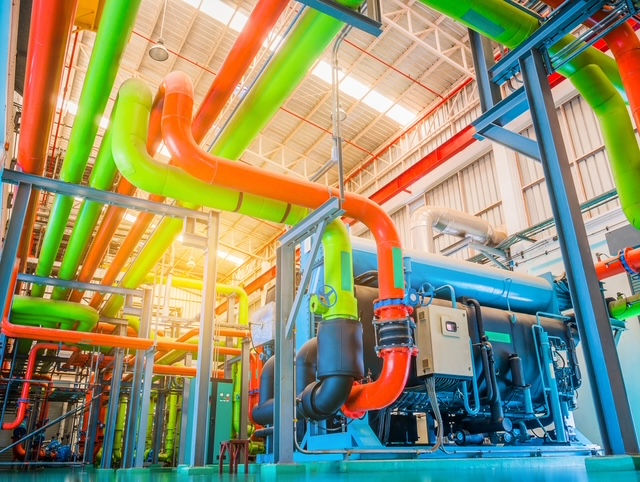Heat Pipe a Low Maintenance Choice for Energy Recovery and Dehumidification
- MSC
- May 8, 2020
- 2 min read
Among the many choices for energy recovery, each with its own advantages and disadvantages, are technologies that include heat recovery wheels, air-to-air heat exchangers, glycol runaround loops, and heat pipes. For many applications, heat pipes hold numerous advantages over other technologies.

A heat pipe is a thermal transfer device capable of transferring heat and energy more quickly and efficiently than most other conventional methods. Operation is passive, with no moving parts, and they require no energy input. This means heat pipes are long-lasting, and little to no maintenance is required. Initial cost is relatively inexpensive, and payback is fairly rapid.
Heat pipes are frequently used on 100% outside air systems, and can also be used for dehumidification. They can be retrofit to existing systems or installed with new air handling units.
How Do Heat Pipes Work?
A heat pipe is vacuum-tight cylinder, usually made of copper, filled with fluid that vaporizes when heat comes in contact with the surface of the pipe in the evaporator section. The vapor migrates to the condenser’s heat sink where it encounters cooler air and condenses, releasing its latent heat to the cold airflow. The liquid returns to the evaporator to repeat the process by gravity, capillary action, or centrifugal force. In 100% outside air systems, it is important to include condensate management in the event the heat pipe reaches dewpoint.
Dehumidifying heat pipes, also called wrap-around heat pipes, resemble two heat exchangers that wrap around the cooling coil with one section in the supply airstream and one in the return. The supply-side tubes precool the incoming air before it reaches the evaporator for further cooling, enabling extraction of as much as 91% more water vapor than a conventional evaporator, according to the U.S. Dept. of Energy.




Comments